In Figure, ABC is an equilateral triangle. Find m ∠BEC
Step by step video & image solution for In Figure, A B C is an equilateral triangle. Find m\ /_B E C by Maths experts to help you in doubts & scoring excellent marks in Class 9 exams.
Topper's Solved these Questions
Similar Questions
Knowledge Check
- Question 1 - Select One
In the adjoining figure, ABCD is a rhombus and ABE is an equilateral triangle. If ∠BCD=70∘, find
(a)∠ADE (b)∠BDE (c)∠BED
 A(a)20∘(b)40∘(c)30∘B(a)25∘(b)30∘(c)35∘C(a)30∘(b)45∘(c)15∘D(a)40∘(b)30∘(c)20∘
A(a)20∘(b)40∘(c)30∘B(a)25∘(b)30∘(c)35∘C(a)30∘(b)45∘(c)15∘D(a)40∘(b)30∘(c)20∘
In Figure, ABC is a right triangle right angled at A, BCED, ACFG and AMN are square on the sides BC, CA and AB respectively. Line segment AX ⊥DE meets BC at Y. Show that: ar (BYXD)=2 ar ( MBC)
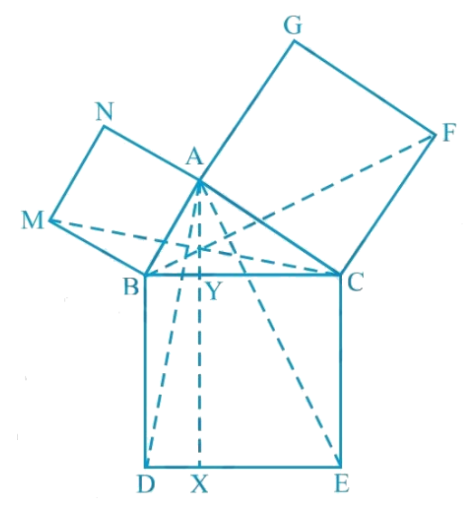 View Solution
View SolutionIn Figure, ABC is a right triangle right angled at A, BCED, ACFG and AMN are square on the sides BC, CA and AB respectively. Line segment AX ⊥DE meets BC at Y. Show that: ar (CYXE)=2ar( FCB)
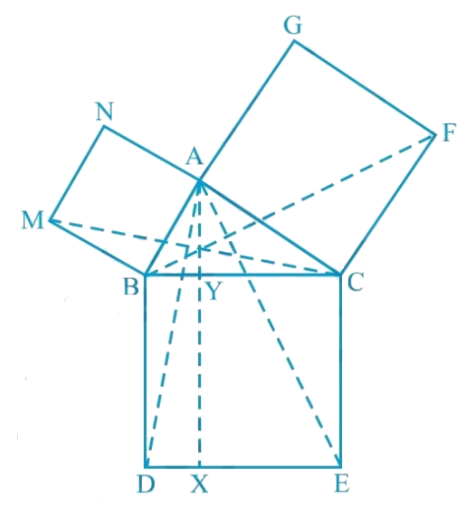 View Solution
View SolutionIn Figure, ABC is a right triangle right angled at A, BCED, ACFG and AMN are square on the sides BC, CA and AB respectively. Line segment AX ⊥DE meets BC at Y. Show that: FCB≅ ACE
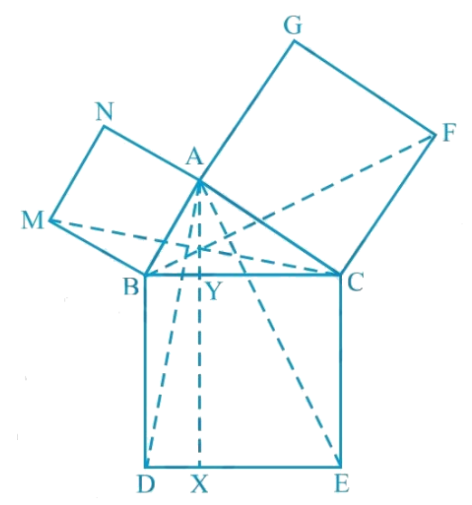 View Solution
View SolutionIn Fig. , δABC is an equilateral triangle with coordinates of B and Cas B(1,0) and C(5,0). Find the coordinates of vertex A
View SolutionIn Figure, ABC is an isosceles triangle in which AB=AC.CPparel≤lAB and AP is the bisector of exterior ∠CAD of ABC . Prove that ∠PAC=∠BCA and (ii) ABCP is a parallelogram.
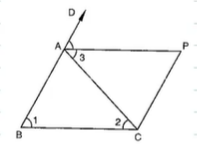 View Solution
View SolutionIn Figure, ABCandBDE are two equilateral triangles such that D is the mid-point of BC,AE intersects BC in F
Prove that: ar(BDE)=14ar(ABC)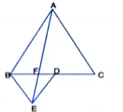 View Solution
View SolutionIn Figure, ABCandBDE are two equilateral triangles such that D is the mid-point of BC,AE intersects BC in F
Prove that: ar(BDE)=12ar(BAE) View Solution
View Solution

